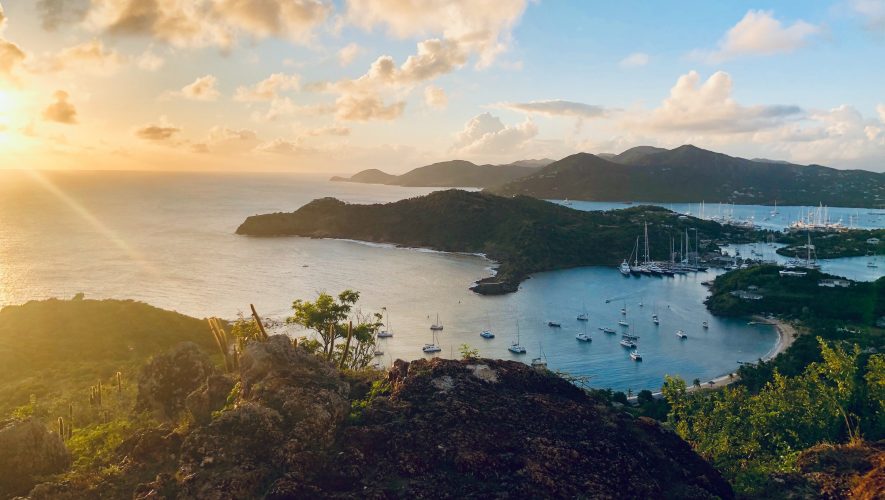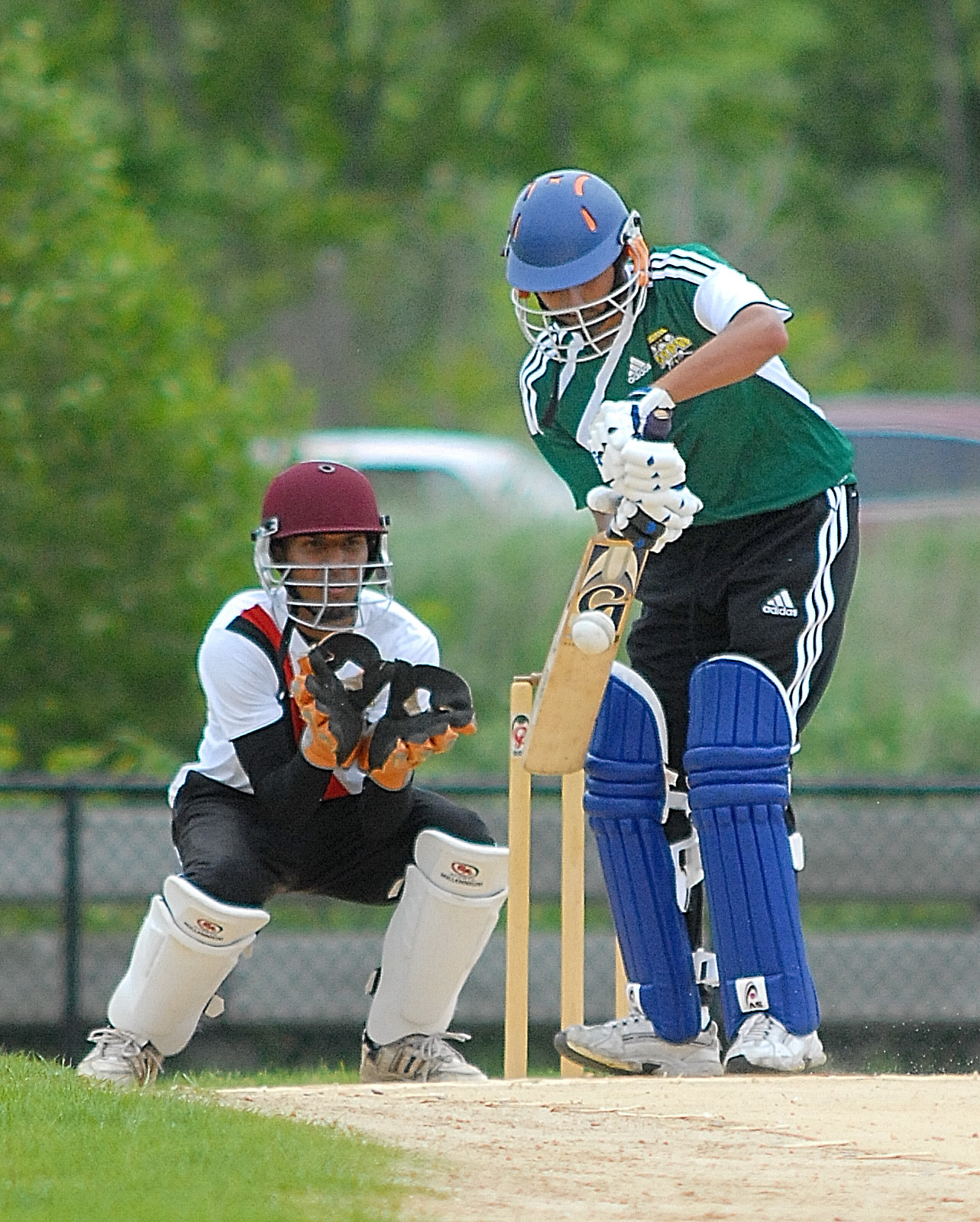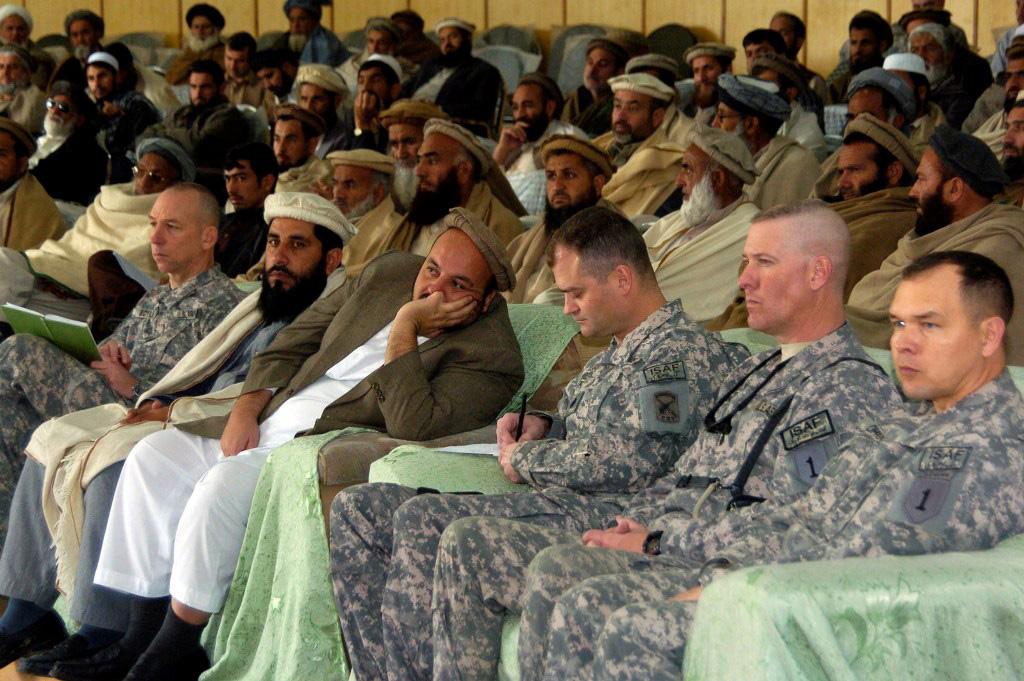Introduction
As of 2020, nine Caribbean countries criminalize same-sex relations. Beyond legal discrimination, queer Caribbean people face increased threats of violence, abuse, and oppression. In 2006, Time magazine went as far as insinuating that the Caribbean region is “the most homophobic place on Earth.”
But despite this environment, queer Caribbean communities have continued to resist oppressive ideologies and systems, even with global, Western LGBTQ+ advocates inadvertently working against them.
The complexity of queer Caribbean identity mirrors the complexity of the Caribbean islands itself. Dutch, English, French, and Spanish colonialism continue to influence Caribbean culture on various islands, with each colonial legacy uniquely affecting the lives of LGBTQ+ people in the region.
The intersection of Caribbean and queer identities creates distinct challenges for those who occupy both spaces. These cultural experiences are usually left out of global LGBTQ+ advocacy, and remain understudied in academia. The separation of queerphobia in the Caribbean region from its colonial roots creates dangerous beliefs, including the suggestion that queerphobia is a tenet of Caribbean culture itself.
As a queer Caribbean American, it is important to me to highlight the colonial and imperialist origins of homophobia in the Caribbean islands, the reasons why many Caribbean people today perpetuate homophobia, and the tenacity of Caribbean LGBTQ+ movements. Further, it is important to remember that queerphobic sentiments are not shared by all Caribbean people, whether they identify as queer or not. Understanding the dangers and influences of West-centric LGBTQ+ advocacy and the region’s colonial history are essential for the success of today’s LGBTQ+ movements.
The Challenges of Studying Queerness in the Caribbean Region
Oftentimes, heteronormativity is portrayed as an inherent aspect of Caribbean and Afro-diasporic cultures. But in reality, same-sex relationships and fluidity in gender identities and structures existed in the various African, South Asian, and Latin American cultures that now occupy the Caribbean islands. For instance, in the patois word “Mati” (translating to “friend”) describes a same-sex relationship between working-class Surinamese women. This relationship exists in conjunction with traditional marriage structures for the purpose of sexual and emotional pleasure.
Regardless, conversations about queer Caribbean culture are stifled by a variety of colonial influences. One could be a subconscious fear of bolstering negative stereotypes of Black hypersexuality. Another possibility is the colonial assertion that the social mobility of Black Caribbean people depended on their adherence to Western “respectability.” Ideas surrounding respectability usually stemmed from fundamentalist Christian beliefs. This trend continues today, exemplified by an increase in anti-LGBTQ+ beliefs and violence against queer Caribbean individuals alongside the increase of Christian fundamentalism in the 1980s.
But most of all, the lack of research on and the systematic erasure of Caribbean societies in academia leads to the assumption that homosexuality is a colonial import. Thus, anti-colonial movements can mischaracterize homosexuality as a remant of colonialism. As Suzanne LaFont explains, “the lack of ‘proof’ of same-sex desire in historical records does not . . . reflect its nonexistence.” Consequently, understanding of the origins of homophobia and transphobia in the Caribbean region is important for fighting against them.
Queerphobia: A Colonial Exportation
So, queerphobia, rather than queerness itself, stems from colonization and imperialism undertaken by various European countries. In thirty-three of fifty-five British Commonwealth states, colonizers introduced laws criminalising homosexuality or “homosexual behavior,” some of which are still in place. A strong support for these laws still persists in various Caribbean states. For example, in 2014, 91 percent of Jamaicans favored the government’s law against “buggery” (a word describing queer sex acts).
International LGBTQ+ activist groups, most centering around Western and White queer experiences, perpetuate this association between queerness and the West. Donnya Piggott, a Barbadian LGBTQ+ activist, explains this paradox: “People are violent towards queer people because they see something that they think is foreign and immediately want to resist it . . . Caribbeans want to stamp their sovereignty so much that they resist anything western, and the LGBTQ movement is undeniably western-focussed.”
Diversity in the Queer Experience
The Caribbean region is not a monolith. There is diversity in the religions, languages, and colonial legacies left on each island. These divergences affect attitudes about gender and sexuality uniquely. Differentiating queerphobia’s underpinnings in various parts of the Caribbean region is an important aspect of unifying LGBTQ+ activism within it.
A perfect example of differing cultural influences is machismo: an exaggerated masculine pride deeply ingrained in most aspects of life on Latin Caribbean islands. This deeply patriarchal belief bolsters queerphobia, but the cultural context of machismo is distinctly unique from other non-Latin patriarchal influences.
Until recently, academics starkly excluded Indo-Caribbean sexuality from most Caribbean sexuality studies. Indo-Caribbean people are a large cultural group in the Caribbean region, especially in Trinidad and Guyana, where “nearly 50 percent of the population is of East Indian descent.” Colonizers prompted the migration of Indo-Caribbean people to the region for indentured labor after slavery’s abolition.
Today, authors such as Sean Lakaisingh-Meighoo, who explores homoeroticism in jahaji bhai (translating to “ship brothers”) culture, and Brinda Mehta, who explores Indo-Caribbean women’s sexuality, work to explore the heterogeneous nature of Caribbean society. From machismo to jahaji bhai, the multiethnic nature of Caribbean culture shapes the region’s past and are key to addressing queerphobia in the present.
Intersectionality and Queerphobia
The intersection of oppressive systems adds even more complexity to LGBTQ+ experiences in the Caribbean region. Colorism, misogyny, classism, and religion all impact queerphobia. For example, racial dynamics and gender create a caste system of discrimination in Jamaica. Darker LGBTQ+ Jamaicans will not only face queerphobia, but also colorism as well.
Giftson Joseph, a queer Haitian, emphasizes that religion and class can play a large role in Caribbean queer people’s experiences. Certain religious practices on the island are more tolerant of the LGBTQ+ community than others. Higher financial status allows queer people to have more freedom of movement to queer-accepting spaces in and outside of the Caribbean islands. In Joseph’s experience, moving to Massachusetts allowed him to live easier as an openly gay male.
Finally, gender identity and expression have strong influences on the queer Caribbean experience. On one hand, there is often a higher intolerance of queer men than queer women, as reflected in law. This sentiment usually stems from the patriarchal pressures placed on men to carry family names, express intense masculinity, and have a variety of female sexual partners. Men expressing femininity or identifying as queer is a larger threat to patriarchal ideas of masculinity, like machismo, that permeate most Caribbean cultures.
While there are many Caribbean states that only legally prohibit sexual acts between men, like Jamaica, queer women still face discrimination. Caribbean transgender women experience increased gender-based violence and “homophobia” due to ignorance and misconceptions of the difference between transgender women and gay men. Lesbian women are less likely to be murdered than queer men, but are at a far higher risk of sexual assault and rape. Perpetrators commit these acts of violence in an attempt to “correct” queer women’s sexualities. Piggott explains that “it’s a game of power . . . Men feel like they can take advantage of women who might not conform.”
Intersectionality affects LGBTQ+ communities in any region of the world, but understanding the cultural context of Caribbean society is important to understanding queer Caribbean experiences. Even further, these intersections must inform activism and the fight for LGBTQ+ rights on the islands.
The Dangers of West-Centric Activism
LGBTQ+ Caribbean people have unique experiences, and West-centric or White-centric advocacy actively harms them. Western, White-centered LGBTQ+ movements erase intersectionality’s importance and create barriers for Caribbean activists fighting queerphobia in their communities.
Similar to twentieth and twenty-first century critiques of white feminism, non-Western activists contend that Western LGBTQ+ activism asserts there there is a “global gay subject” that is White, Western, and usually male. This perception of what queerness is and stands for sustains the belief that it is a Western import, and justifies the rejection of LGBTQ+ people in the Caribbean region.
Furthermore, the way many Western LGBTQ+ communities and activists view non-Western states echoes imperialist sentiments that they are “backward and uncivilized.” Conflating LGBTQ+ rights with civility as well as with Western society makes the global struggle for LGBTQ+ rights a “modern-day civilizing mission.” This perspective also ignores the history of queerphobia in Western societies. Intolerance of LGBTQ+ individuals becomes a characteristic of non-Western society for the West to fix, instead of a complex issue with colonial roots.
This point of view has dire consequences. Positioning global LGBTQ+ advocacy as a modern civilizing mission opens the door to utilizing Western hegemony to “advance” other states. This view obviously goes against the wants and needs of many non-Western queer activists. Even more frighteningly, this allows LGBTQ+ advocacy to serve as a tool to advance other Western agendas, including ones as extreme as military interventions abroad.
Most Western, global LGBTQ+ activists ignore the wants, needs, and identities of non-Western LGBTQ+ communities. For example, some Western governments, including the United States, threaten to withhold foreign aid in response to homophobic and transphobic governmental policies. Reducing aid to developing countries on the basis of discrimination against LGBTQ+ communities ignores that queer individuals in developing countries also benefit from foreign aid. On top of that, it again creates an association of non-Western LGBTQ+ rights movements with Western imperialism and neocolonialism, creating conflict between local LGBTQ+ activist groups and their communities.
Liberal queer activism, which is predominant today, does not consider non-Western cultures. Liberal LGBTQ+ advocacy groups focus on inclusion in our current systems—marriage and adoption rights, for example. Non-Western and Non-White queer identities expand far beyond Western limits; justice for non-Western queer people will not always align with Western ideas of freedom or equality.
Most white queer activism, like white feminism, attempts to create an “us” that does not exist. LGBTQ+ communities face discrimination and oppression in all regions of the world. Queer activists must acknowledge the need for international queer solidarity. But positioning threats to non-Western communities as threats to all queer people changes the intention of global LGBTQ+ advocacy. From this perspective, Western LGBTQ+ activists are advocating for global LGBTQ+ rights to protect themselves rather than for all-encompassing queer liberation.
In reality, threats to non-Western LGBTQ+ individuals are far different than those faced by Western LGBTQ+ individuals. The purpose of distinguishing these differences is not to compare the severity of these threats, but to acknowledge the differences in how they need to be addressed. In addition, although seemingly trivial, the belief that Western queer activists are threatened by discrimination abroad also breeds the decentering of non-Western queer communities. The creation of an “us” erases the diverse wants and needs of LGBTQ+ communities outside of a non-White, non-Western perspective.
Caribbean LGBTQ+ Activism: Resilience and Resistance
In the face of adversity, queer Caribbean activists continue to resist discrimination, oppression, and violence, both legal and non-legal. Local organizations work to protect their communities. Even further, these organizations approach government leaders and evangelical churches to advocate for inclusivity, despite the associated risks.
Organizations like the Eastern Caribbean Alliance for Diversity and Equality work to eradicate laws criminalizing LGBTQ+ individuals. The Jamaica Forum for Lesbians, All-Sexuals, and Gays advocates for increased social security and COVID-19 protections for all Jamaicans, while highlighting the heightened impacts of the pandemic on queer Jamaicans. Intersect Antigua advocates for action against violence directed at women and “Queeribean” people. In addition, they curate collections of art and stories that highlight the queer and female experience to “inspire radical social change.”
The importance of Caribbean voices in LGBTQ+ activism cannot be emphasized enough. Many LGBTQ+ organizations based in the Caribbean islands already work with international organizations. But for real progress, a perspective shift is necessary. Queer Caribbean people, along with other non-Western LGBTQ+ communities, express queerness and address challenges uniquely. Without an understanding of these complexities, an acknowledgement of the West’s contribution to global queerphobia, and a decentering of Western perspectives, LGBTQ+ activism cannot truly serve the international queer community.
Until then, Kori Williams puts it best:
“Caribbean queer people are resilient and courageous. We’re proud of who we are. We’re proud of ourselves for looking our parents in the face when we came out. We’re proud of our parents for at least trying to understand us. We’re proud of our culture despite its flaws. We’re proud of the activism we will continue to do in order to make sure our communities are safer for us all.”



